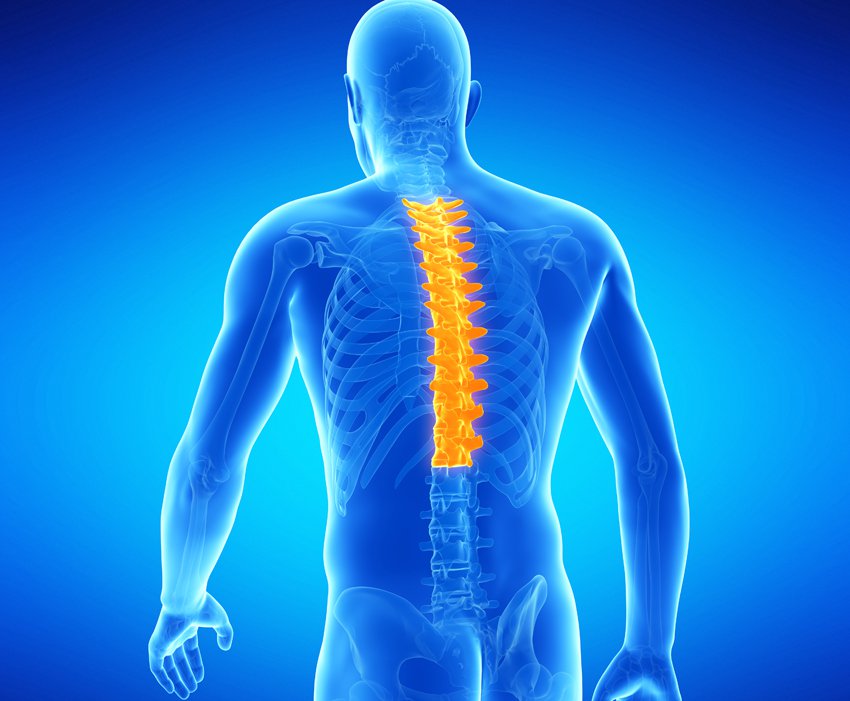Ankylosing spondylitis, non-radiographic axial spondyloarthritis carry similar disease burden

Patients with ankylosing spondylitis and nonradiographic axial spondyloarthritis share comparable disease burden and treatment patterns in clinical practice, according findings published in Arthritis Care and Research.
The study was the first nationwide analysis characterizing ankylosing spondylitis (AS) and nonradiographic axial spondyloarthritis (axSpA) in the United States, according to the researchers.
“Our understanding of AS has been around for a long time, with the New York modified AS criteria being published in 1984,” Philip J. Mease, MD, of Seattle Rheumatology Associates, told Healio Rheumatology. “By this definition of disease, classification is based on already established damage observable by plain X-ray of the sacroiliac joints. By this definition, the patients are 2:1 male and predominantly HLA-B27 positive.”

To describe patients with AS and nonradiographic axSpA in the United States, the researchers studied data in the Corrona Psoriatic Arthritis/Spondyloarthritis Registry. Mease and colleagues identified 407 adults with a diagnosis of axSpA who were enrolled in the Corrona registry starting in July 2015. Among those patients, 310 had AS and 97 had nonradiographic axSpA. The researchers analyzed demographics, clinical characteristics, patient-reported outcomes and treatment characteristics for each patient.
According to the researchers, patients with nonradiographic axSpA and AS demonstrated similar disease burden in terms of disease activity and function, quality of life, pain, fatigue, absenteeism and work productivity loss. However, patients with nonradiographic axSpA, were younger and demonstrated shorter symptom duration.
Among patients with nonradiographic axSpA, 74.2% had previously received biologic disease-modifying antirheumatic drugs, compared with 64.8% among patients with AS. The proportion of patients with nonradiographic axSpA who had current treatment with biologic disease-modifying antirheumatic drugs was 63.9%, compared with 61.3% among those with AS.
“Up until the publication of this paper, these observations have been primarily made from patient registries outside the U.S., especially Europe and Canada,” Mease said. “That the observations we made in a representative sample of U.S. patients with AS and nonradiographic AxSpA were essentially the same as those in other countries helps with our overall understanding of the natural disease state of AS and its similarity and minor dissimilarities with nonradiographic AxSpA, thus confirming the broader concept of AxSpA as inclusive of a state distinct from or prior to (nonradiographic) a state of greater damage (radiographic AS).”
Mease added that their findings suggest that the two conditions represent a “spectrum of disease.”
“Additionally, we find that the same types of treatments, especially regarding use of anti-TNF therapy, can be equally effective in the two types of patients, also supporting that they are part of a spectrum of disease rather than being distinct diseases,” he said. “It is good to know that the physicians in the Corrona registry recognize and understand this and use anti-TNFs as much in the nonradiographic as the radiographic group and do not hold back on use of appropriate and effective therapy in case they were to think of the nonradiographic group as less severe or less impacted than the radiographically defined group.” – by Jason Laday
Disclosure: The researchers report funding and support from Corrona LLC, AbbVie, Amgen, Boehringer Ingelheim, Bristol-Myers Squibb, Crescendo, Eli Lilly and Company, Genentech, Gilead, GSK, Horizon Pharma USA, Janssen, Momenta Pharmaceuticals, Novartis, Pfizer, Roche, Sun-Merck, UCB, and Valeant. Mease reports research grants from Celgene, Novartis, AbbVie, Amgen, BMS, Lilly, Pfizer and UCB; consulting fees from Celgene, Corrona LLC, Novartis, AbbVie, Amgen, BMS, Crescendo, Genentech, Janssen, Lilly, Merck, Pfizer and UCB; and speakers bureau fees from AbbVie, Amgen, BMS, Crescendo, Celgene, Genentech, Janssen, Pfizer and UCB. See the full study for additional researchers’ disclosures.

